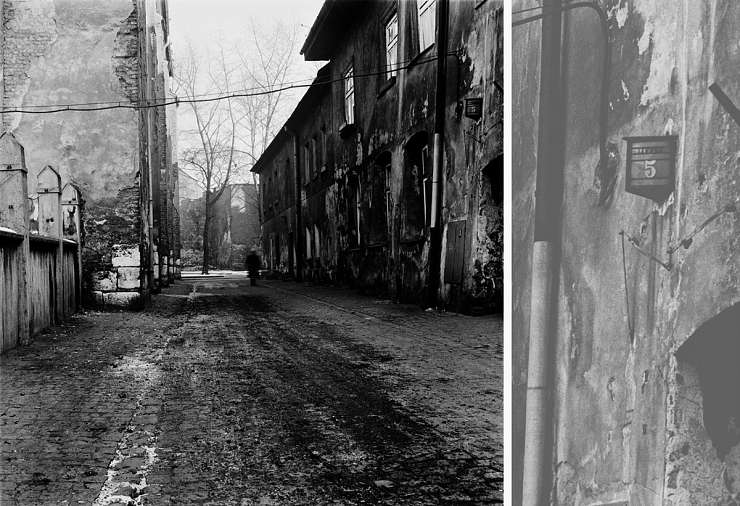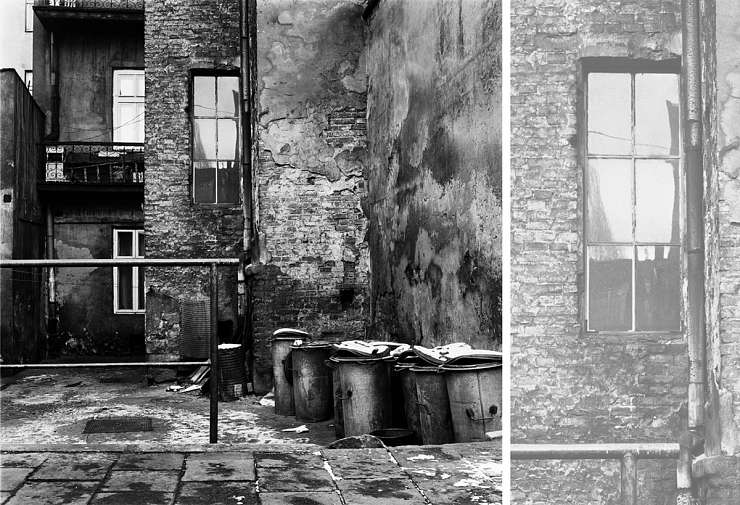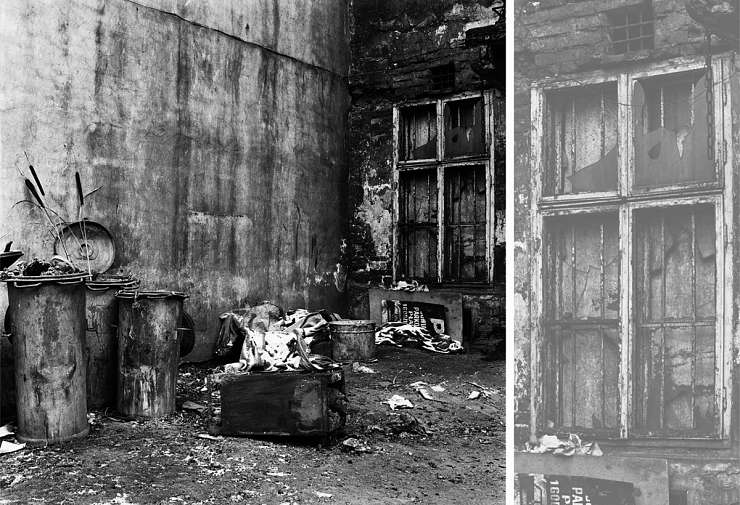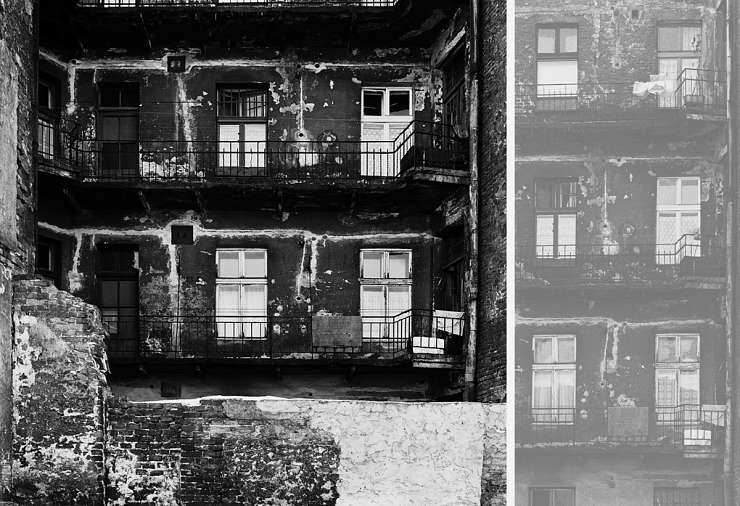Krystyna Ziach
kunstinzicht.nlRubrieken
Over het werkFluid Time / Krystyna Ziach 2021-2023Krystyna Ziach’s Spaces of Sculptural Imagination, text by Christian Gattinoni, chief editor of lacritique.org 2015Space of Imagination / Krystyna Ziach, book, text by Hans Rooseboom, curator of photography at the Rijksmuseum Amsterdam, 2014Krystyna Ziach, Marged Disciplines, text by Hans Rooseboom, curator of photography at the Rijksmuseum Amsterdam, 2014Dark Street Revisited, 2013Work of Krystyna Ziach in collection of the Rijksmuseum Amsterdam, 2012Ephemeral Library 2010-2018Into the Void 2010-2017Inner Eye / Krystyna Ziach, by Joanne Dijkman, 2008Infinity & Archê/ Krystyna Ziach, book texts by Flor Bex, director of the Museum of Contemporary Art, Muhka Antwerp, 2006The Elements of Existence / Krystyna Ziach - ARCHÊ, by Cees Strauss, 1996Archê - The Ambivalence of Water and Fire / Krystyna Ziach, by Mirelle Thijsen, 1996Krystyna Ziach - Where Emotion Meets Reason, by Cees Straus, 1994A Chamber of Mirrors, text by Reinhold Misselbeck, curator of photography & new media of the Ludwig Museum, Cologne, 1994A Garden of Illusion / Krystyna Ziach, 1993, text by Iris DikOuter Space / Krystyna Ziach, text by Alexandra Noble, curator of the South Bank Centre in London,1991Melancholy / Krystyna Ziach - Drama Between Ratio and Emotion, text by Mirelle Thijsen, 1990Japan / Krystyna Ziach, by Huib Dalitz, a former director of the Foundation of Visual Arts Amsterdam, 1988Krystyna Ziach / Metamorphosis, text by Gabriel Bauret, Camera International, 1986, Paris
Collection : Centre Pompidou / Bibliothèque Kandinsky Paris, Musée d'Art de la Ville de Paris, Museum of the History of the Polish Jews POLIN Warsaw, Jewish Museum Amsterdam
This series of ten dyptichs is based on a series of black-and-white photographs entitled Ulica Ciemna which Krystyna Ziach made in Poland in the winter of 1983 in the Jewish neighbourhood Kazimierz of Cracow. The Kazimierz quarter developed around 1400 as a special place of settlement for Jews and in the course of the centuries grew into one of the major intellectual centres for Jewish culture in Europe. Among the people of our time having their roots in this quarter are the author Jerzy Kosinski and the film director Roman Polanski. The series Ulica Ciemna was made spontaneously, as a personal registration of this historic district where Ziach had walked around a lot in my childhood and had unexpectedly discovered streets and houses which, in a rather mysterious way, bore witness to a lost Jewish culture. The name ‘dark street’ is the authentic name of one of the streets in Kazimierz (Ulica Ciemna), in which street and its close vicinity this series of photo works was created. Although the war had been over for almost forty years, the images captured generally made a desolate impression, as if it were only shortly after the war. In the then-existing political situation the communist regime hardly paid attention to a possible renovation of the quarter, nor to offering to the small group of original inhabitants that had returned, the possibility of resuming life in their own way and according to their own tradition. In the thirties Roman Vishniac had made a series of photo works about the living conditions of the Jewish population in Eastern Europe and often photographed the people in Kazimierz. Ziach felt that the atmosphere revealed in his photos was still present during my photo sessions with a similar camera than the one he had used. In 1983 the quarter looked very dilapidated, the inhabitants were impoverished and crime rates were relatively high. At the time no-one thought it possible that the former centre of culture with its imposing character could return. A few years later the Berlin wall went down and the political climate changed in favour of religious and national minorities. The original inhabitants of Kazimierz gradually showed their identity, people with various cultural backgrounds returned from abroad and a new form of society developed. Now Kazimierz has been largely renovated and has a bustling nightlife. Considering the present character of the quarter touristic with the emphasis on nightlife – the series Ulica Ciemna acquires the meaning of an historical document. Some thirty years later Ziach made a new series of works: Dark Street revisited, 1983 - 2013, which consists of ten large-size diptychs and is based on the series Ulica Ciemna which until then had not yet been printed. Her black and white negatives from 1983 have been scanned and digitally processed. Each diptych consists of one of the original photos, plus a close-up of part of that photo. For Ziach this combination of images suggests an imaginary journey through time, shown as a physical walk having a cinematographic character. The close-ups are grey and seem faded in the way memories can fade away. By presenting them enlarged, she tries to find the discernibly personal. For Krystyna Ziach these works constitute a confrontation with the past and a personal reflection on transcience. Upon closer consideration though, they also try to make the more general, collective store of images and memories visible, thus creating an interaction between the individual and the collective memory.
Translation Hanny Keulers

Giclée-print 112 x 159 cm, image size 100 x 146 cm
Hahnemühle Museum Etching Paper 350 g

Giclée-print 112 x 159 cm, image size 100 x 146 cm
Hahnemühle Museum Etching Paper 350 g

Giclée-print 112 x 159 cm, image size 100 x 146 cm
Hahnemühle Museum Etching Paper 350 g

Giclée-print 112 x 159 cm, image size 100 x 146 cm
Hahnemühle Museum Etching Paper 350 g